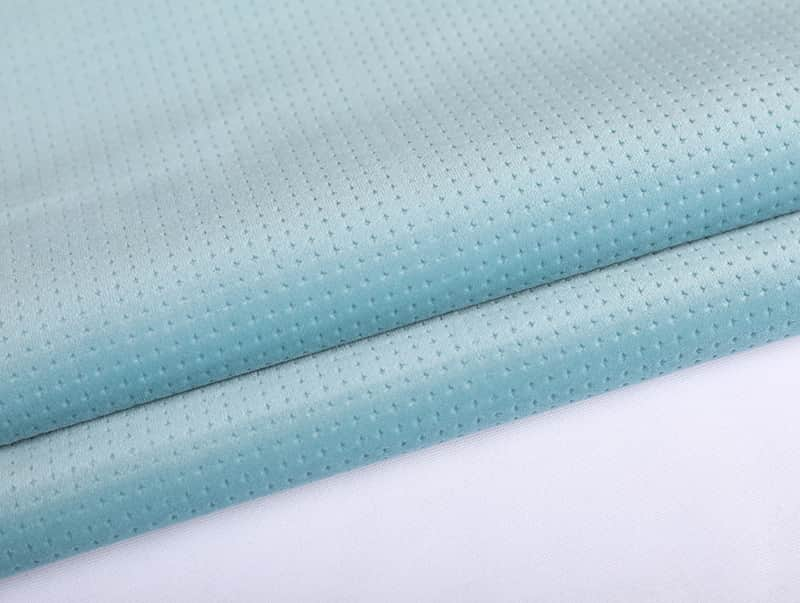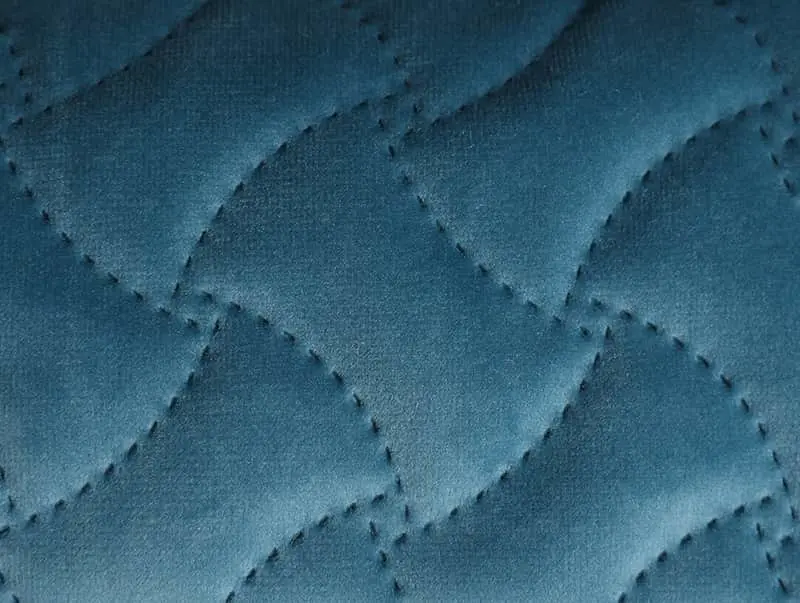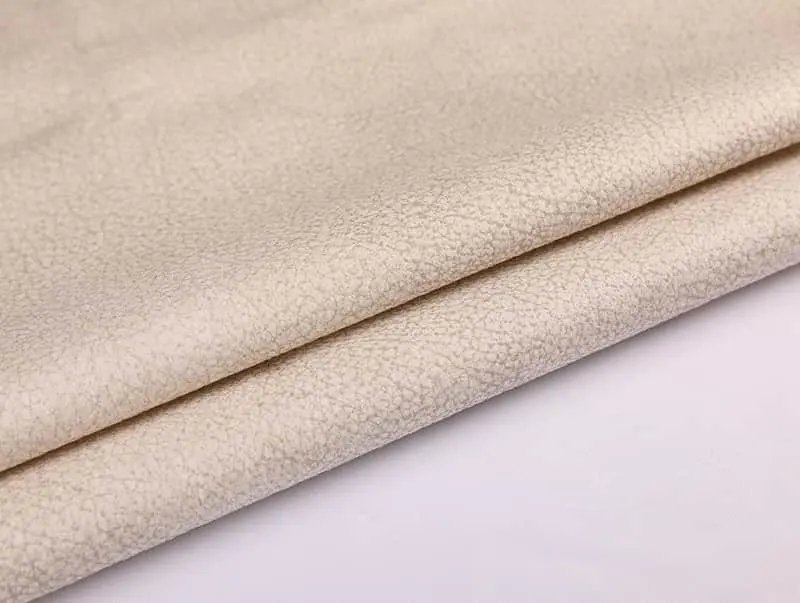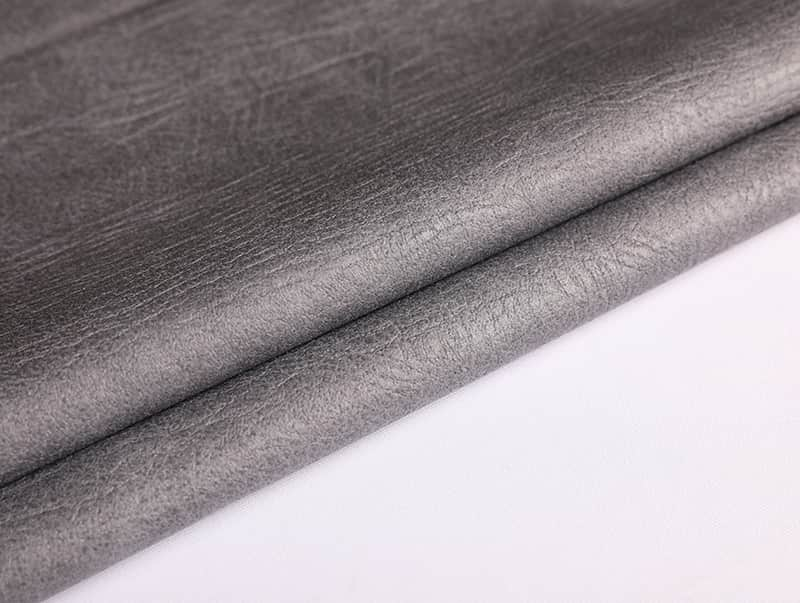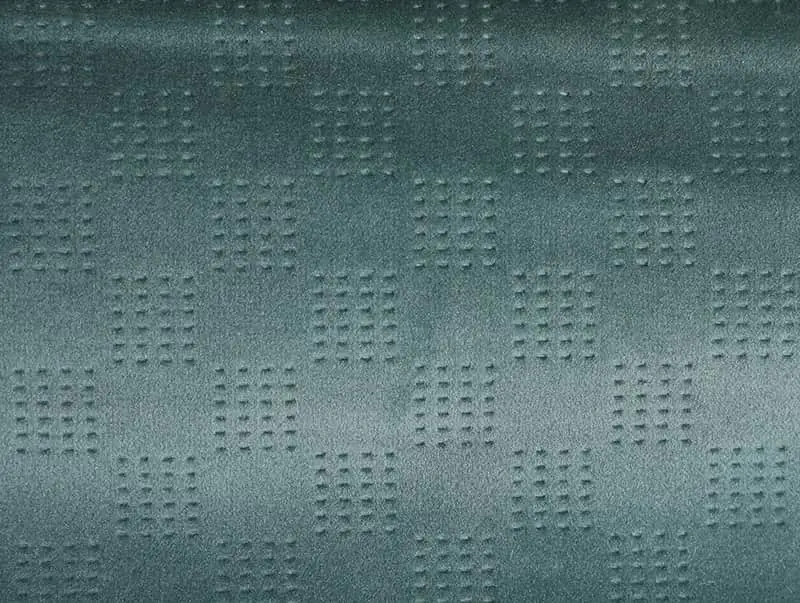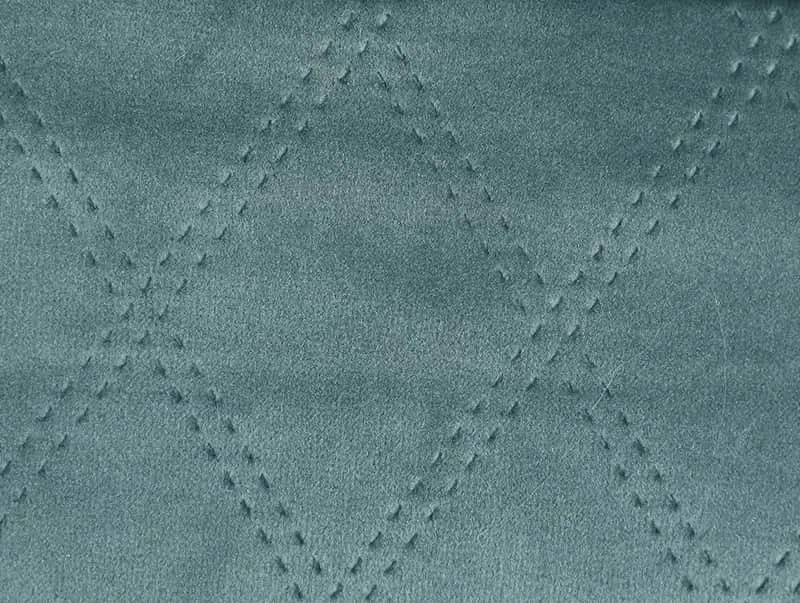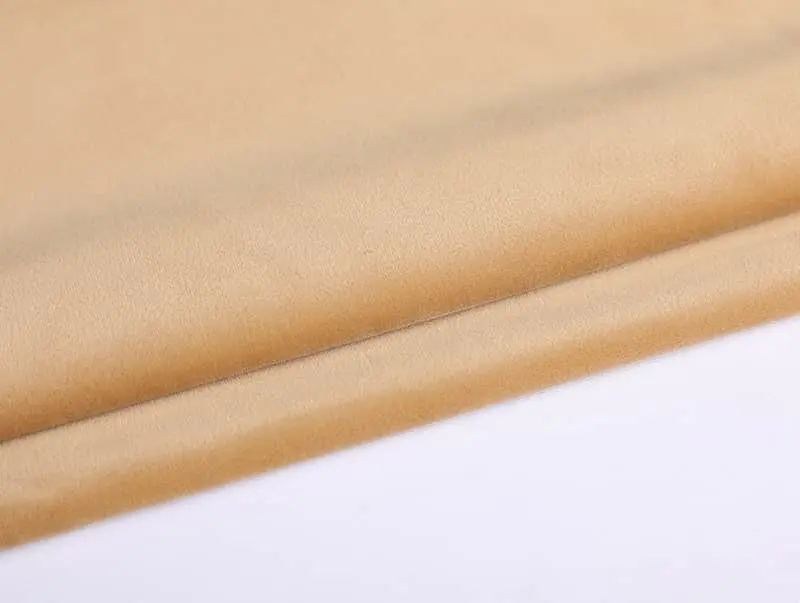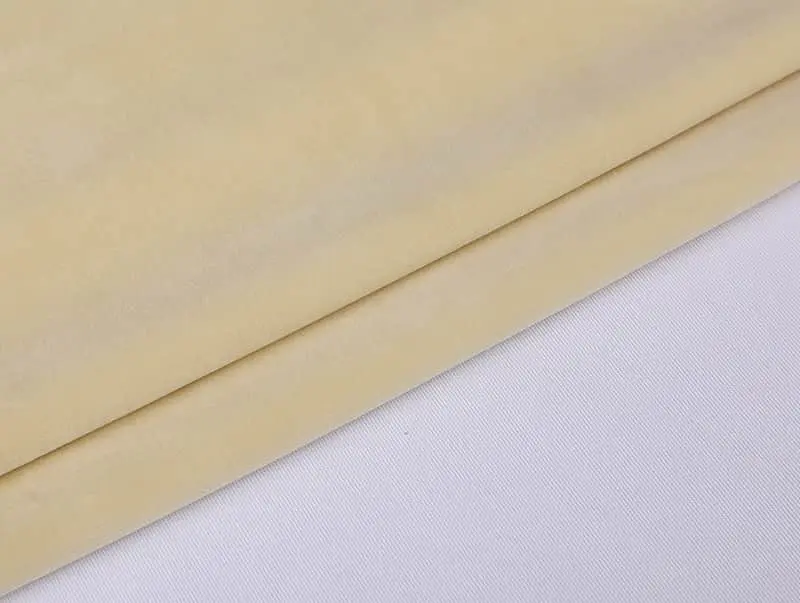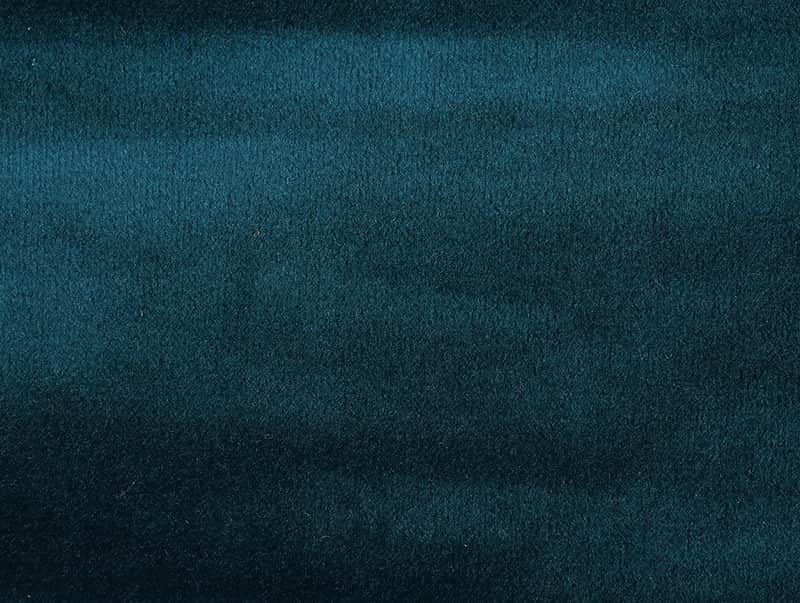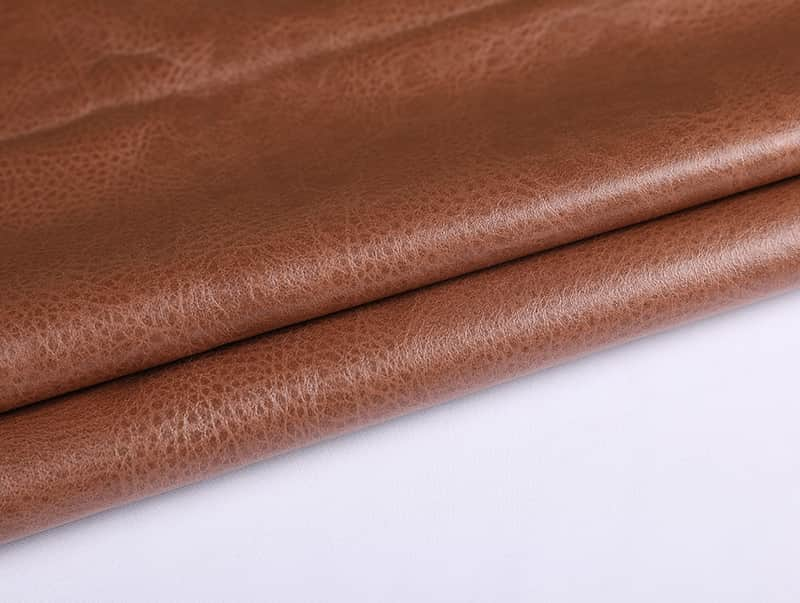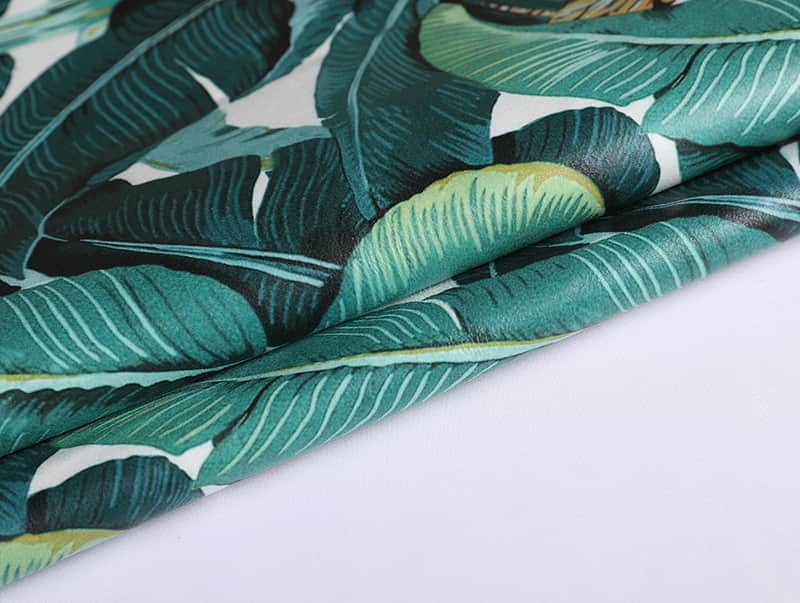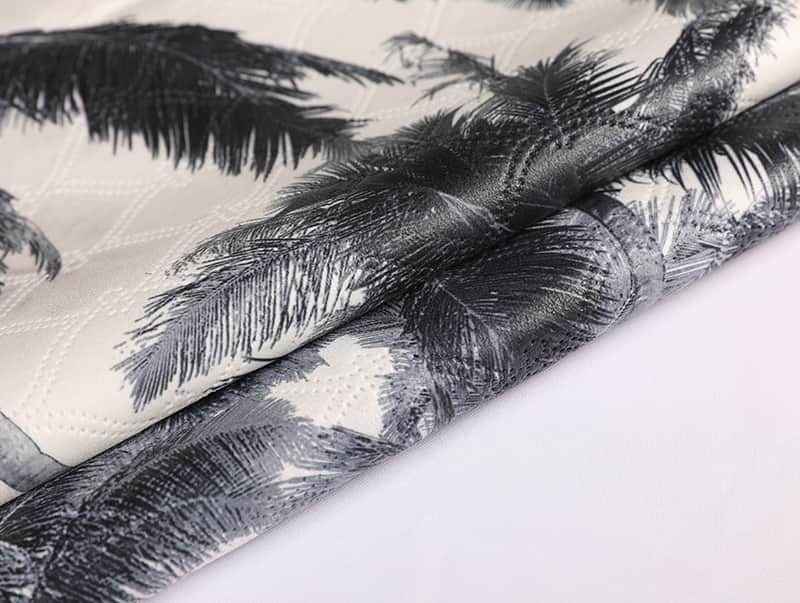Apply specific treatments or coatings to increase the UV resistance of automobile headliner fabric. These treatments are designed to mitigate the effects of prolonged exposure to sunlight, preventing fading, discoloration, and degradation of the fabric. Here are some common treatments and coatings used to enhance UV resistance:
UV Stabilizers:
UV stabilizers are additives incorporated into the fabric during the manufacturing process. These additives help absorb and dissipate UV radiation, preventing it from penetrating the fabric and causing damage. UV stabilizers are effective in reducing color fading and maintaining the integrity of the fabric.
UV-Resistant Coatings:
Some headliner fabrics are coated with UV-resistant substances that create a protective barrier on the fabric's surface. These coatings act as a shield against UV rays, reflecting or absorbing the harmful radiation. They contribute to the fabric's longevity and color retention.
Colorfast Dyes:
The use of colorfast dyes ensures that the pigments used to color the headliner fabric are resistant to UV-induced fading. Colorfast dyes are less prone to breaking down or leaching color when exposed to sunlight, contributing to the fabric's long-term vibrancy.
Acrylic Coatings:
Acrylic coatings are known for their UV-resistant properties. Fabrics treated with acrylic coatings exhibit improved resistance to UV radiation, making them suitable for use in automotive interiors where exposure to sunlight is common. Acrylic coatings can provide a protective layer without compromising the fabric's flexibility.
Fluorocarbon Coatings:
Fluorocarbon coatings are water and UV-resistant, offering a durable protective layer on the fabric. These coatings create a barrier that repels UV rays and prevents water absorption, contributing to the fabric's resistance to fading and deterioration.
Nano-coatings:
Nano-coatings use nanotechnology to create a protective layer on the fabric's surface. These coatings can provide UV resistance by forming a barrier that reflects or absorbs UV radiation. Nano-coatings are often transparent and do not alter the fabric's appearance.
Weather-Resistant Treatments:
Some headliner fabrics undergo weather-resistant treatments that encompass UV protection. These treatments aim to make the fabric resilient to various environmental factors, including sunlight, moisture, and temperature fluctuations.
Polyurethane Coatings:
Polyurethane coatings can enhance UV resistance while also providing water resistance. These coatings create a protective layer on the fabric, reducing the impact of UV radiation and preventing water from penetrating the material.
Anti-UV Additives:
Anti-UV additives may be included in the formulation of the fabric itself. These additives are designed to counteract the effects of UV exposure, contributing to the fabric's ability to withstand sunlight without degrading.
The specific treatments or coatings used can vary among different headliner fabric manufacturers. Additionally, the effectiveness of UV resistance treatments may be influenced by factors such as the quality of the treatment, the overall fabric composition, and the care and maintenance practices followed by vehicle owners. Regular cleaning and proper maintenance also play a role in preserving the UV resistance of automotive headliner fabric.

